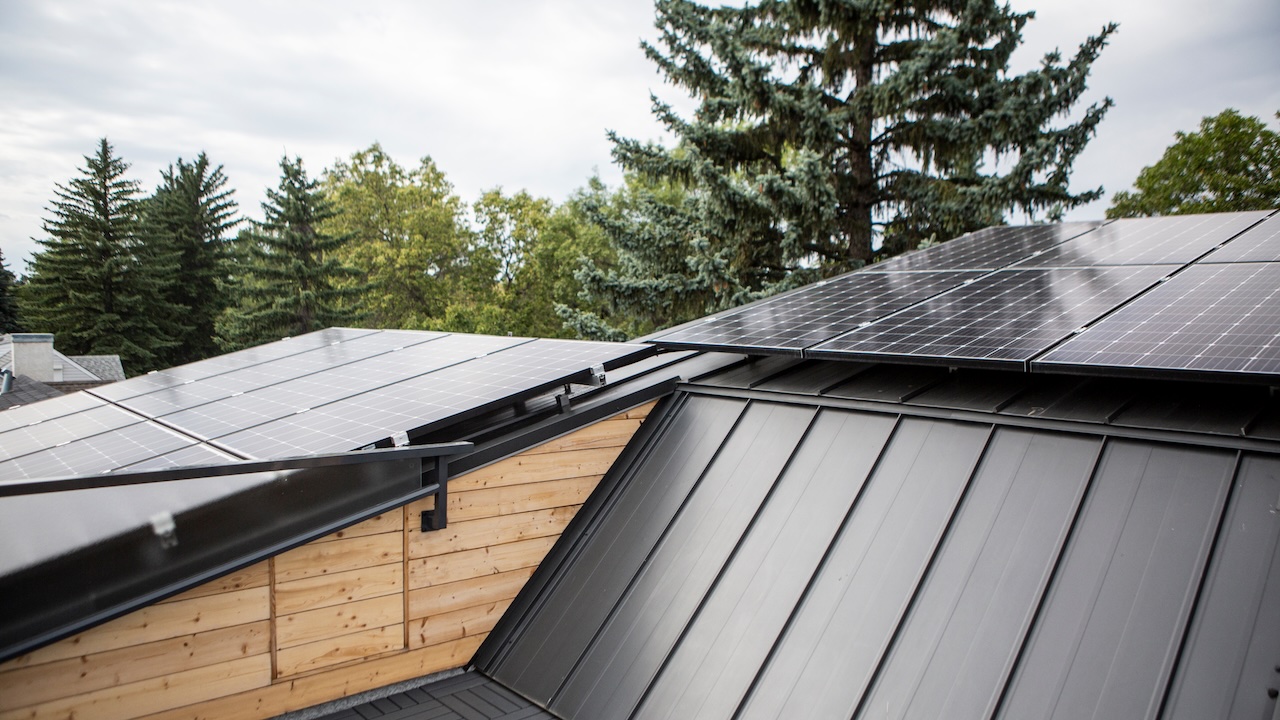Alberta’s Clean Energy Improvement Program (CEIP) has enabled 27 municipalities to deliver hundreds of home energy upgrades through local PACE programs since 2021. CEIP helps homeowners install a wide range of upgrades, such as efficient windows and doors, insulation, upgraded HVAC and lighting systems, renewable energy technologies, and more—all while enabling repayment through property taxes and reducing monthly energy bills.
Unique enabling legislation in Alberta, backed by a nearly $82 million investment by FCM’s Community Efficiency Financing program (CEF), has transformed local retrofit markets with a province-wide approach to scaling municipal Property Assessed Clean Energy (PACE) programs. CEIP provides administrative support, uptake information, and economies of scale that help a growing network of contractors install upgrades that not only enhance comfort but also help homeowners save money by allowing them to repay costs over time and lowering monthly utility bills through improved energy efficiency and/or renewable energy generation.
Alberta Municipalities (ABmunis) administers CEIP in partnership with all participating communities. The communities and ABmunis share responsibility for program planning, delivery and administration. ABmunis helps its local partners apply for GMF funding-often a crucial benefit for small municipalities with limited staff and supports their efforts to build business cases, line up investment capital, review bylaws and develop program materials. This hybrid program delivery model - ABMunis as the central administrator and partner communities - has accelerated uptake across the province of Alberta.
CEIP has also set up a qualified contractors' network that ensures consistent performance across individual projects, supports homeowners through their CEIP journey, serves as an informal sales network for the local programs, bolsters local economic development and supports good jobs in participating communities. As of June 30, 2025, more than 550 contractors have joined the program.
Due to the programs' popularity, some municipalities are exploring options to continue financing retrofits after CEF funding has run its course, and/or adopting commercial PACE bylaws that expand on their existing residential programs.
In April 2025, the City of Calgary approved the continuation and expansion of its local CEIP and supplemented it with a free home energy upgrade program for income-qualified homeowners and renters, part of the city's broader Energy Equity Strategy.
Alberta CEIP impact (as of July 24, 2025):
- 1,026 active projects and 717 completed projects
- Total estimated GHG savings of 2,852 tCO₂e/yr, annual energy savings of 19,644 GJ/yr and annual renewable energy generation of 3,078 MWh/yr
- 23 municipalities with active CEIP programs
Alberta Municipalities (ABmunis) is a not-for-profit association founded in 1905. It represents Alberta's 265 urban municipalities, including cities, towns, villages, summer villages, and specialized municipalities.
Photo courtesy of Alberta Municipalities
